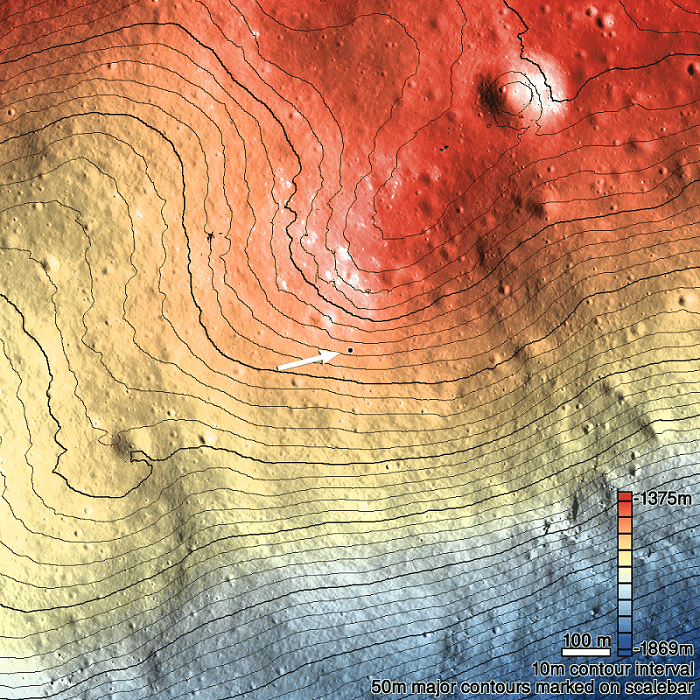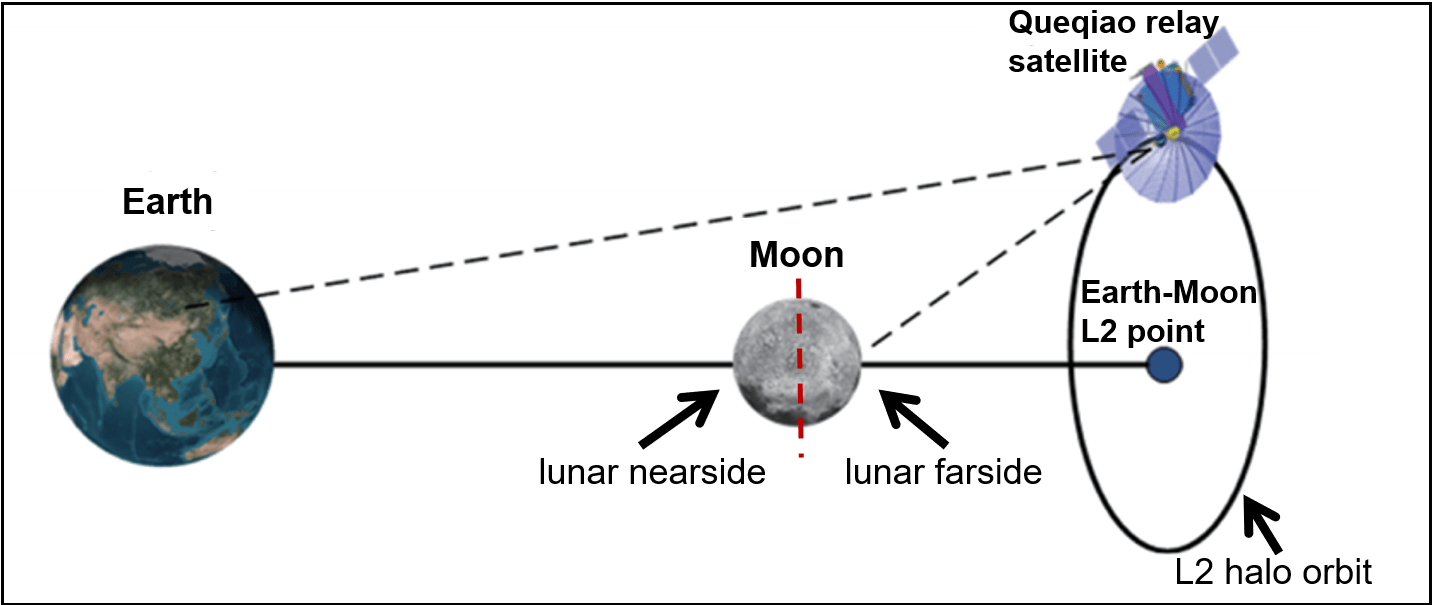Communication between spacecraft relies upon line of site technology, if anything is in the way, communication isn’t possible. Exploration of the far side of the Moon is a great example where future explorers would be unable to communicate directly with Earth. The only way around this is to use relay satellites and the Chinese Space Agency is on the case. The first Queqiao-1 was able to co-ordinate communications with Chang’e-4 landers and now they are sending Queqiao-2 to support the Change’e-6 mission.
Continue reading “China’s Next Lunar Relay Satellite Blasts Off”There’s Now an Operational Radio Telescope on the Far Side of the Moon
The Chang’e-4 mission, the fourth installment in the Chinese Lunar Exploration Program, has made some significant achievements since it launched in December of 2018. In January of 2019, the mission lander and its Yutu 2 (Jade Rabbit 2) rover became the first robotic explorers to achieve a soft landing on the far side of the Moon. Around the same time, it became the first mission to grow plants on the Moon (with mixed results).
In the latest development, the Netherlands-China Low Frequency Explorer (NCLE) commenced operations after a year of orbiting the Moon. This instrument was mounted on the Queqiao communications satellite and consists of three 5-meter (16.4 ft) long monopole antennas that are sensitive to radio frequencies in the 80 kHz – 80 MHz range. With this instrument now active, Chang’e-4 has now entered into the next phase of its mission.
Continue reading “There’s Now an Operational Radio Telescope on the Far Side of the Moon”The Impact Site of China’s Longjiang-2 Spacecraft has Been Found on the Moon

On May 20th, 2018, the China National Space Agency (CNSA) launched the Queqiao spacecraft, the vehicle that would deliver the Chang’e-4 mission to the Moon. This vehicle was also responsible for transporting a lesser-known mission to the Moon, known as the Longjiang twin spacecraft. This package consisted of two satellites designed to fly in formation and validate technologies for low-frequency radio astronomy.
While Queqiao flew beyond the Moon to act as a communications relay for the Chang’e-4 lander, the Longjiang satellites were to enter orbit around the moon. On July 31st, 2019, after more than a year in operation, the Longjiang-2 satellite deorbited crashed on the lunar surface. And thanks to efforts spacecraft tracker Daniel Estévez and his colleagues, the Lunar Reconnaissance Orbiter (LRO) was able to photograph the impact site.
Continue reading “The Impact Site of China’s Longjiang-2 Spacecraft has Been Found on the Moon”

